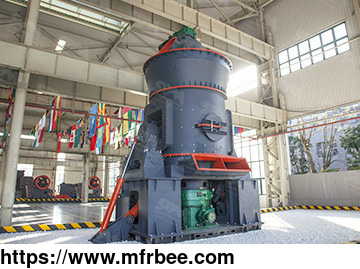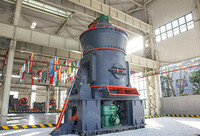Limestone Grinding Mill
Specifications
A limestone grinding mill is a machine that grinds and powderizes limestone. It is very useful in the manufacture of cement, glass, steel and other industrial products that require finely
ground limestone. Limestone enters the mill where it is processed and crushed by grinding media (balls or rollers). Separators collect the resulting powders, which are often raw materials or
additives in various industries. Limestone grinding mills come in a variety of sizes and designs, but they always have a spinning cylinder or bowl with grinding medium and an internal classifier or
separator to regulate the particle size distribution of the ground limestone.
What factors should be considered when purchasing a limestone grinding mill?
When purchasing a limestone grinding machine, we should consider several important factors to ensure the best performance and value for our particular application. Here are some of the
key factors to consider:
1. Capacity Requirements
The grinding mill’s capacity should correspond to our business’s requirements for output. We have to take into account the amount of limestone to be processed, the expected output and the
production rate.
2. Particle Size Requirements
Particle sizes needed for various industries’ finished goods vary. We should be able to achieve the necessary particle size distribution using the grinding mill we select.
3. Energy Efficiency
A grinding mill’s energy use represents a considerable running expense, thus choosing one that is energy efficient is crucial. This might save operational expenses and increase
sustainability.
4. Maintenance Requirements
Maintenance costs are another important consideration. Make sure that the replacement parts are easily accessible when choosing a grinding mill, and it should be simple to maintain and
repair.
5. Cost
In addition to long-term operating expenses, we should also consider the initial purchase cost of the mill. Selecting a grinding mill that offers a favorable balance between upfront cost and
operational costs is crucial.
6. Brand Reputation
Choose a reliable company that has a track record of providing grinding mills of the highest caliber. Before making a purchase, look for references, reviews, and testimonies.
7. Customization Options
Think about a grinding mill that can be altered to match our unique requirements if our application calls for certain features or alterations.
We may choose the ideal limestone grinding mill for our unique application by taking these aspects into account, ensuring that we obtain the optimum performance and return on our investment.
Read More: https://www.mill-sbm.com/blog/what-is-limestone-grinding-mill
- Contact: Smile Wei





